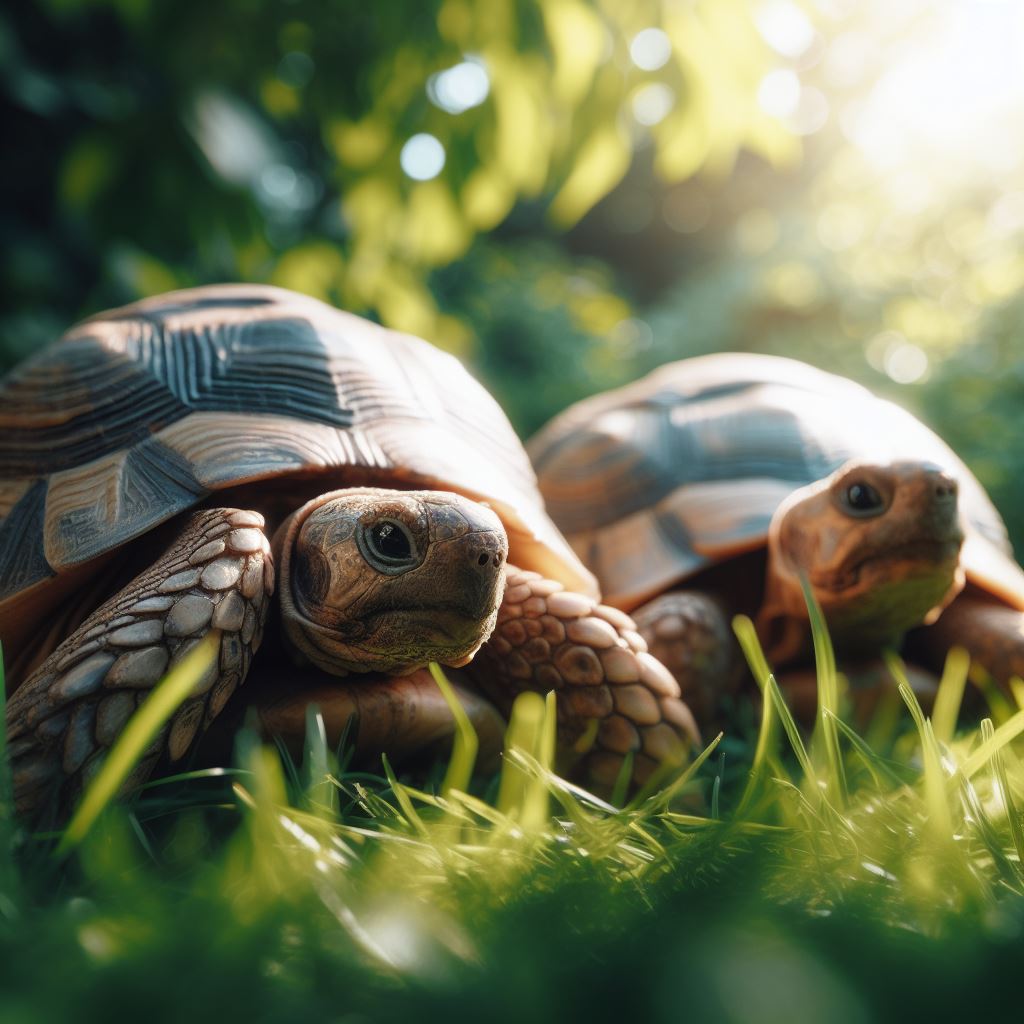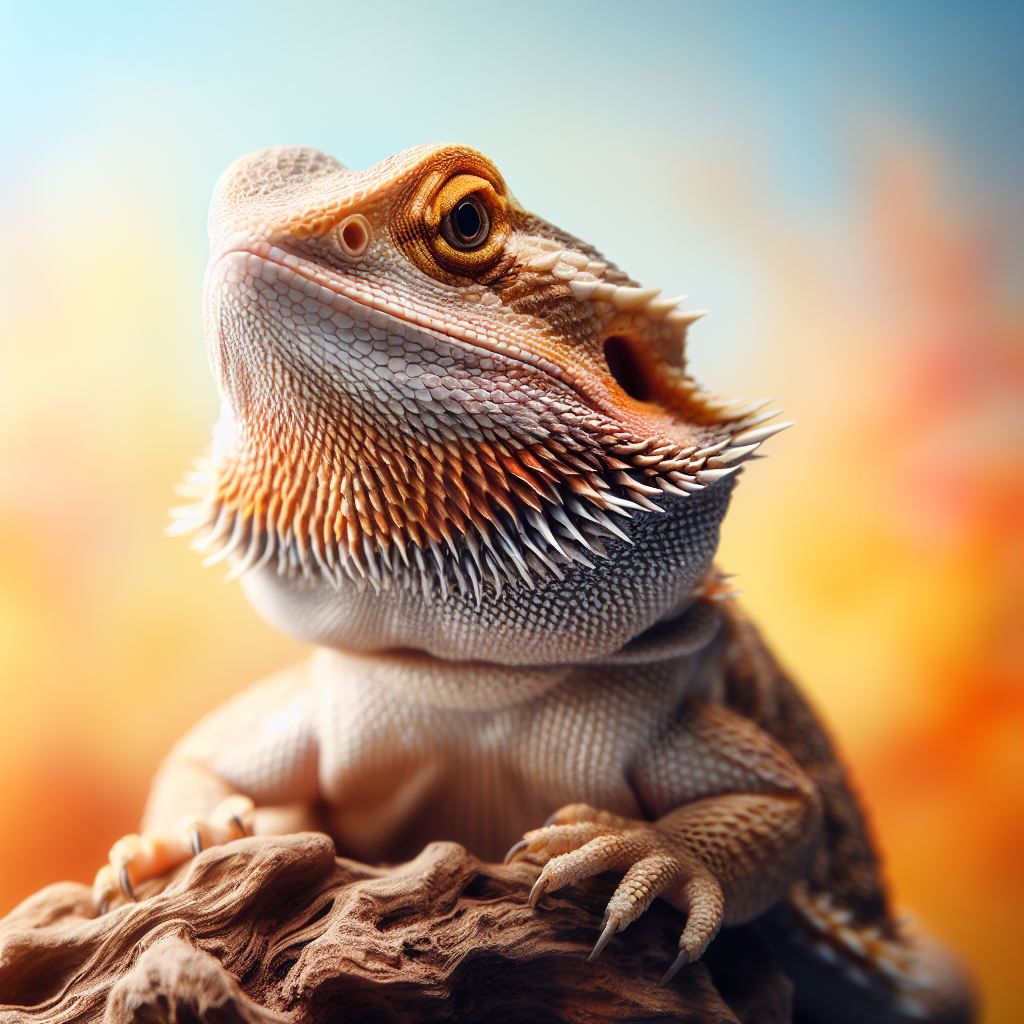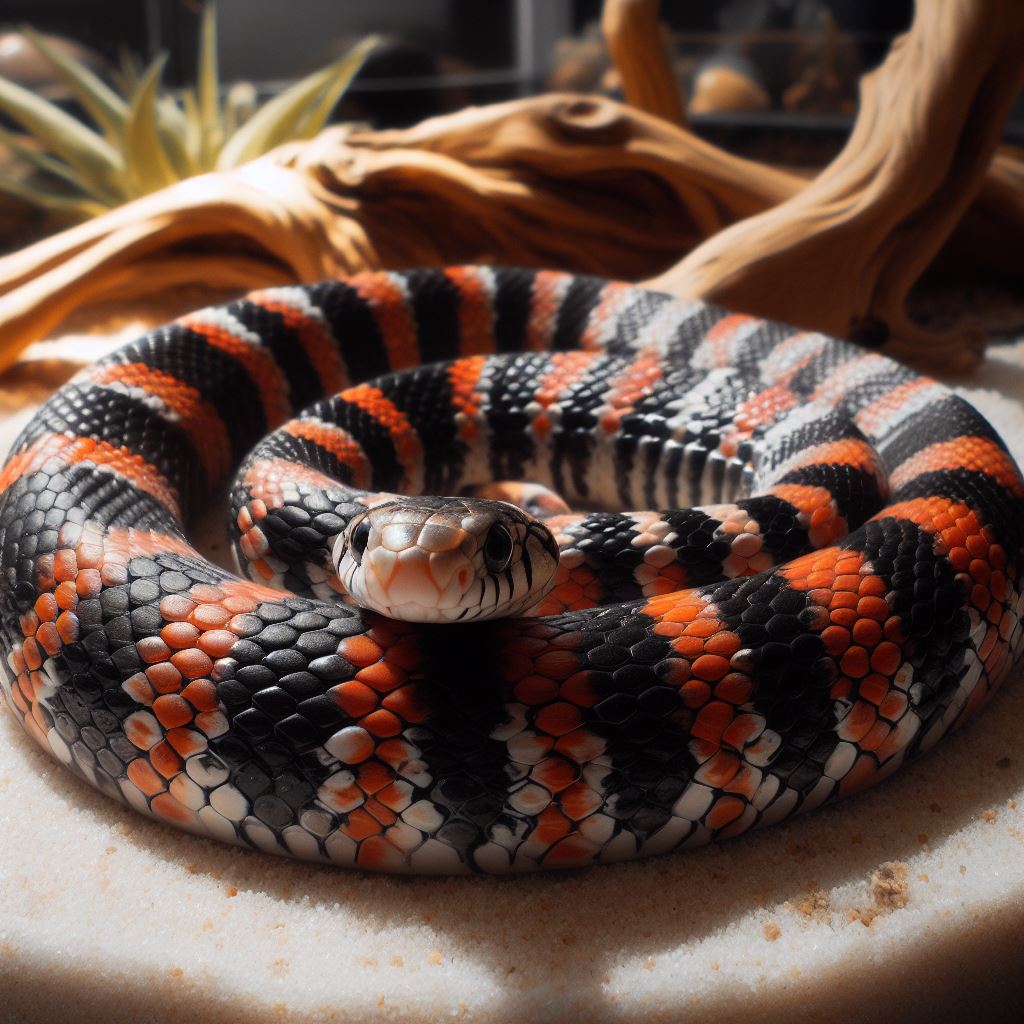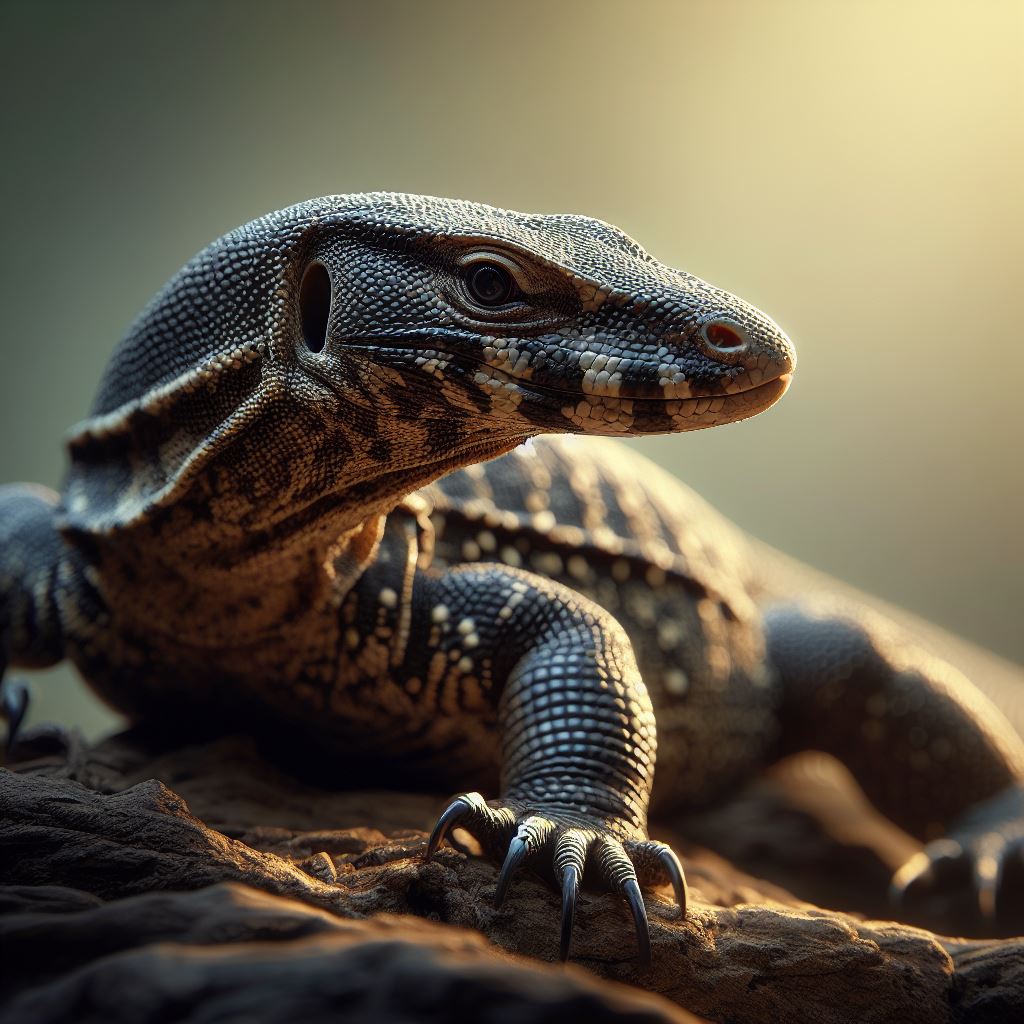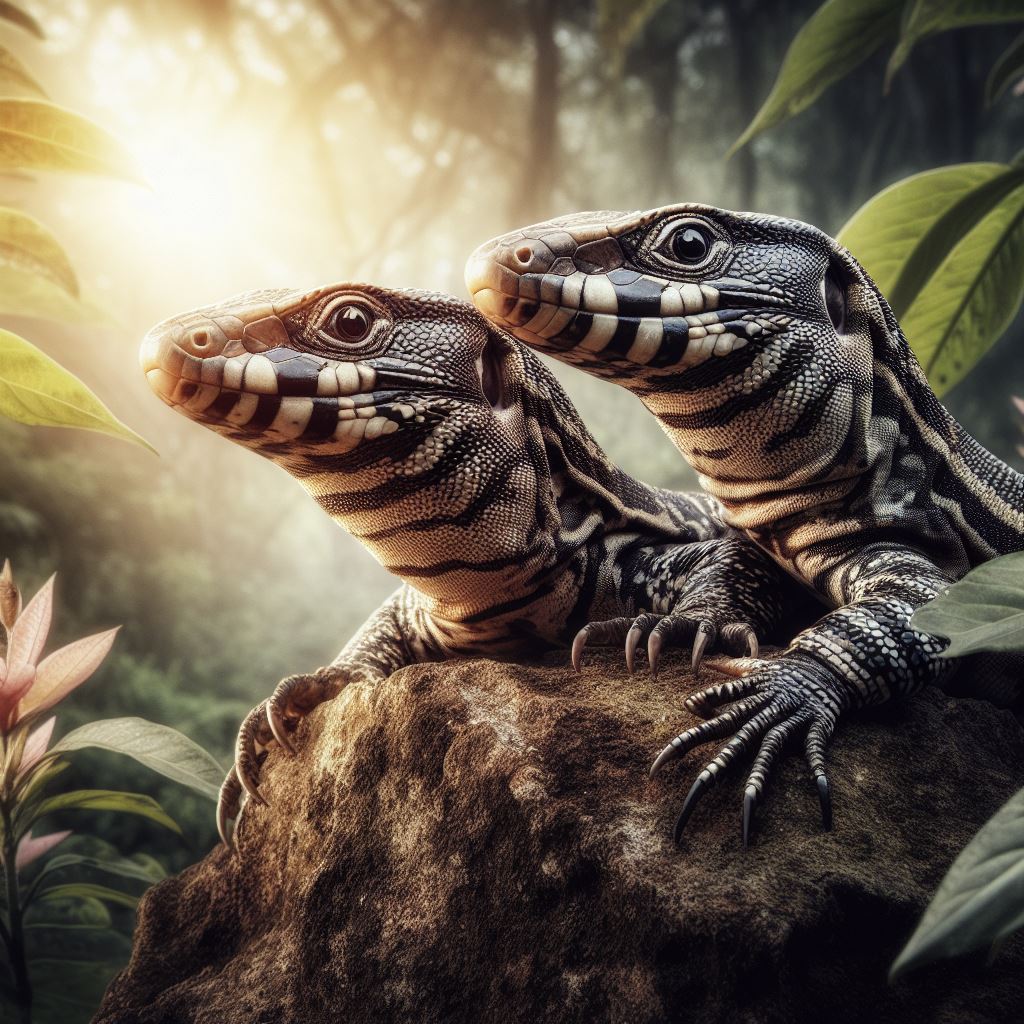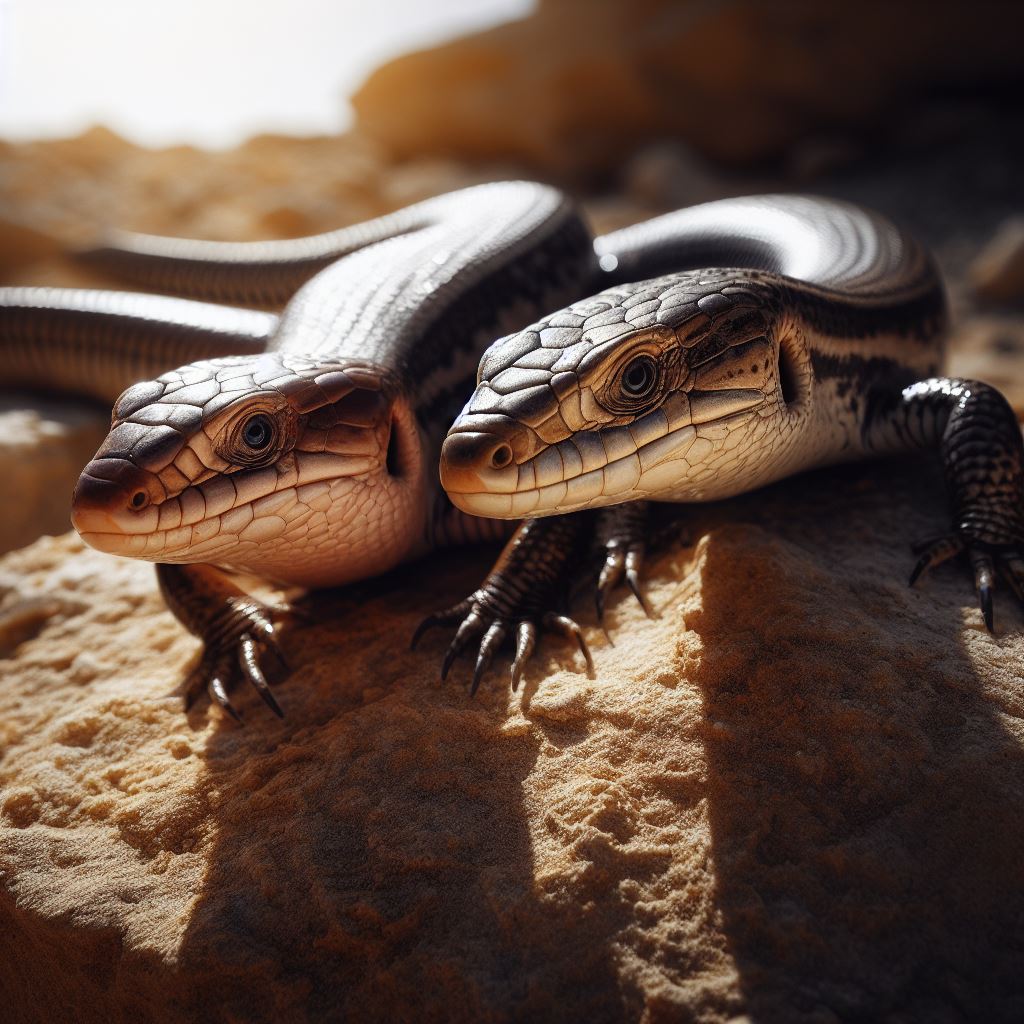Step into the enchanting realm of Tortoises, where these gentle giants have won the affection of pet enthusiasts across the USA. Within this comprehensive guide, we venture into the world of the six most popular Tortoise species kept as pets in the United States. From delving into their intriguing natural behaviors to understanding their specific care needs, this guide imparts valuable insights into these remarkable reptiles. It offers essential knowledge tailored for both novice pet owners and experienced enthusiasts, providing a deep understanding of these extraordinary creatures.
Popular Tortoise Species in the USA
Russian Tortoise (Agrionemys horsfieldii)
Russian Tortoises, native to Central Asia, have a manageable size and resilient nature. The reptile fans adore this species for its distinct yellow and brown carapace, often adorned with intricate patterns. Understanding their burrowing tendencies and dietary preferences is essential for providing them with a comfortable and enriching habitat.
Sulcata Tortoise (Centrochelys sulcata)
Sulcata Tortoises, also known as African Spurred Tortoises, are notable for their impressive size and distinctive spurs on their limbs. Originating from the Sahel region of Africa, these tortoises have become popular pets in the USA. Their endearing personalities and captivating appearance appeal to reptile enthusiasts. However, due to their large size and specific habitat requirements, responsible ownership and ample space are crucial for their well-being.
Greek Tortoise (Testudo graeca)
Greek Tortoises, native to Southern Europe and Western Asia, are treasured for their vibrant coloration and intricate shell patterns. Their small to medium size makes them suitable for enthusiasts with limited space. Tortoise keepers love Greek Tortoises for their active behavior and inquisitive nature. Creating a habitat that mimics their natural environment, complete with basking spots and hiding places, ensures their physical and mental health.
Hermann’s Tortoise (Testudo hermanni)
Hermann’s Tortoises, originating from Southern Europe, are adored for their attractive black and yellow carapace markings. These tortoises are renowned for their calm temperament and adaptability to various climates. Their manageable size and peaceful demeanor make them popular choices for families and reptile enthusiasts alike. Providing a well-structured habitat with appropriate heating and lighting elements is essential for their overall well-being.
Marginated Tortoise (Testudo marginata)
Marginated Tortoises, hailing from Southern Italy and parts of Greece, are recognized for their unique shell shape and intricate patterns. Their serrated shells and distinct growth rings make them visually appealing. Marginated Tortoises are appreciated for their docile nature and sociable behavior. Creating a spacious outdoor enclosure with natural vegetation and secure fencing allows them to express their natural behaviors, promoting their physical and mental health.
Leopard Tortoise (Stigmochelys pardalis)
Leopard Tortoises, indigenous to Eastern and Southern Africa, are celebrated for their striking leopard-like spots on their carapace. These tortoises are among the larger species commonly kept as pets. People adore Leopard Tortoises for their calm demeanor and captivating appearance. Due to their size, providing a spacious outdoor environment is essential. Their habitat should offer both sunny and shaded areas, replicating their natural habitat for optimal well-being.
Tortoises: A Closer Look
Fascinating Behaviors: Understanding Tortoises’ Natural Habits
Tortoises, with their slow and deliberate movements, exhibit fascinating behaviors in captivity. From their basking rituals to their burrowing tendencies, observing these actions provides insights into their well-being. Understanding their dietary preferences, including grazing habits, offers essential knowledge for creating a balanced diet. Delving into their social interactions, even in solitary species, sheds light on their unique communication methods.
The Importance of Temperature and Lighting
Maintaining optimal temperature and lighting conditions is paramount for Tortoise health. Providing a gradient of temperatures within their enclosure ensures they can thermoregulate effectively. Basking spots equipped with heat lamps mimic the sun’s warmth, allowing Tortoises to regulate their body temperature. Full-spectrum UVB lighting is essential for their calcium metabolism, aiding in shell growth and overall health. Understanding the balance between heat, light, and shade replicates their natural habitat, promoting physical well-being.
Creating a Suitable Enclosure: Size, Substrate, and Enrichment
Designing an appropriate habitat is vital for Tortoise happiness and vitality. Ensuring the enclosure is spacious enough to allow natural movements, including walking and digging, is crucial. Choosing the right substrate, such as coconut coir or cypress mulch, facilitates burrowing behaviors. Incorporating hiding spots and vegetation provides mental stimulation, reducing stress. Creating a secure outdoor enclosure, complete with shaded areas and proper fencing, allows Tortoises to experience natural sunlight and fresh air, enhancing their overall quality of life.
Feeding Tortoises: Nutrition and Dietary Variety
Tortoises thrive on a varied and balanced diet. Offering a mix of leafy greens, vegetables, and occasional fruits ensures they receive essential nutrients. Calcium and vitamin supplements are vital, especially for species prone to metabolic bone disease. Avoiding high-protein and high-sugar foods maintains their health and prevents obesity. Observing their dietary preferences and adjusting the menu accordingly ensures they remain active and content.
Health Care and Common Issues
Regular health check-ups are essential for detecting any potential issues early. Monitoring their weight, shell condition, and overall behavior aids in identifying health concerns. Common problems such as respiratory infections and shell injuries require prompt veterinary attention. Understanding the signs of stress, illness, or nutritional deficiencies enables timely intervention, ensuring their well-being. Implementing good hygiene practices within their enclosure minimizes the risk of infections, creating a safe and comfortable environment.
Conclusion
Tortoises, with their diverse species and enchanting personalities, stand as exemplary pets for those enamored with the reptilian world. By comprehending their natural behaviors, habitat requirements, and dietary intricacies, you can create an environment where these extraordinary creatures flourish. Responsible pet ownership is not merely a choice but a commitment—one that ensures the flourishing existence of Tortoises and, indeed, all reptile species. Embrace the opportunity to welcome these majestic beings into your life and embark on a fulfilling journey of companionship and conservation.

